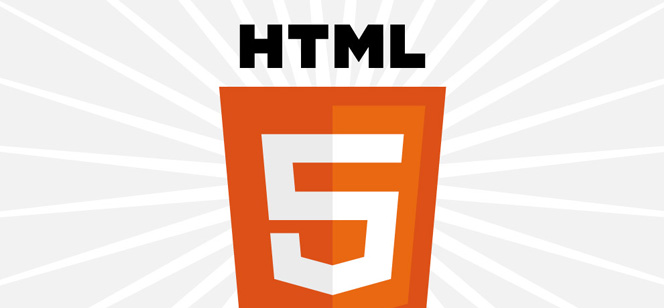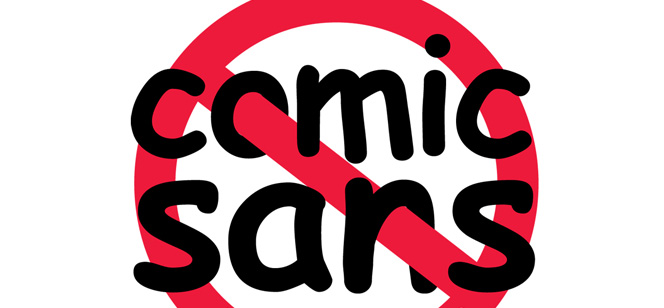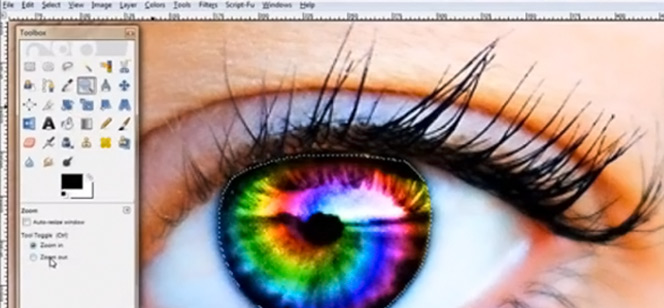Looking at web industry from a business angle, Ars Technica muses upon six big stories that stood out last year. Of those six, we’ll peg BitCoins as the story we’re most likely to look back on in a decade and wonder “what were they thinking?” Like Microsoft Bob, Pets.com, and the CueCat, BitCoins still have that cachet of “naive pre-web-bubble idea”. The article goes into several ways where BitCoin has had trouble already, which we predict is the shape of its doom, arrising like a Grim Reaper in the West.
Design Tips
Looking For An Offbeat Image Source? Look No Further
Web Designer Depot has a post up about the gems you can find in creative commons images on Flickr. “Creative Commons” basically means “free to use” – sometimes technically for non-profit purposes, but really, does the 0.0005 of a penny you get from ad clicks count as “profit” anyway? While we’re at it, here’s a bunch more royalty-free image sources every web designer should have bookmarked:
- Wikimedia Commons
- Open Clipart Library
- Free Stock Images
- More Stock Photos
- Free Stock at the Morgue File
Design Tips
Web Design – This Is Why People Don’t Join Your Site
Possibly the most excellent post we’ve read this year: 8 Reasons Users Don’t Fill Out Sign Up Forms. Every website owner or maintainer ought to be required to read it and pass a comprehension test afterwards.
![]() Briefly, the point is that users avoid signing up to become a member of a site unless they absolutely have to. Call it, if you will, “social media fatigue“. Ten years ago, the web was yours just like your TV set, and the only time you had to sign up for anything was if you were buying something. Now you can’t click a mouse button without logging in with a nick and password. Who can remember them all? Why does it feel like getting married every time you just want to leave a quick note somewhere?
Briefly, the point is that users avoid signing up to become a member of a site unless they absolutely have to. Call it, if you will, “social media fatigue“. Ten years ago, the web was yours just like your TV set, and the only time you had to sign up for anything was if you were buying something. Now you can’t click a mouse button without logging in with a nick and password. Who can remember them all? Why does it feel like getting married every time you just want to leave a quick note somewhere?
Design Tips
Why It’s Time For Everybody To Start Hyping HTML5
We work in the web development industry, and so we love our shiny new stuff! Don’t we? We love our chrome-plated glowy neon high-tech toys, because they make us feel like the hero in a Tron movie.
 Ohhh, it’s exhausting keeping that up. But anyway, as painful as it will be to live through, we’re starting to see lots of enthusiastic hype for HTML5, which means that it will come to pass. It works this way because the life-cycle of all new web tech runs like this:
Ohhh, it’s exhausting keeping that up. But anyway, as painful as it will be to live through, we’re starting to see lots of enthusiastic hype for HTML5, which means that it will come to pass. It works this way because the life-cycle of all new web tech runs like this:
- Initial spec. Somebody like Tim Berners-Lee or Paul Graham makes a blog post about it; everybody laughs.
- First implementation. Some bright little start-up implements it before its time and it falls over. All the big companies sniff over it and turn their nose up at it.
- A handful of bright bloggers keep yammering about it and why we should give it a chance.
Design Tips
The Web Designer’s Most Dreaded Fonts
Why do web designers get so worked up over fonts? A decision on whether to use one font or another for a logo may embroil an entire office, waging cubicle-to-cubicle warfare (imagine stapler-cannons, binder-clip mortars, and waste-paper-basket helmets here) that shoots down an entire day’s productivity. A non-designer will look on all this and wonder what on earth gets into people.
Let’s try to explain the rationale behind the most-dreaded fonts and why designers feel that way. On top of all these, the thing that makes a font the least popular is when it’s been overused.
 Comic Sans – The thing is, this font was only intended as a joke/ novelty font. Think “party invitations.” Instead, a whole generation of novice web users latched onto this font for dear life and use it for everything, be it funeral notices, dear John letters, or results coming back from an AIDS test. There are tombstones chiseled in Comic-Sans out there.
Comic Sans – The thing is, this font was only intended as a joke/ novelty font. Think “party invitations.” Instead, a whole generation of novice web users latched onto this font for dear life and use it for everything, be it funeral notices, dear John letters, or results coming back from an AIDS test. There are tombstones chiseled in Comic-Sans out there.
- Vivaldi – If Comic Sans is in trouble for people who don’t take themselves seriously enough, Vivaldi is the font for people who take themselves too seriously. Vivaldi is appropriate for snooty French restaurants and symphony programs. Anything else just makes it scream “pretentious snob!”
Design Tips
Tips For Web Designers To Reduce Stress
Hey, it’s refreshing to see somebody acknowledge that web workers have stress, isn’t it? Most of the time our acquaintances will be all, “What are you complaining about, all you do is sit around and type all day?” So this list of tips for reducing the stress of web work really hits home.
Some particularly strong points that need emphasizing here:
 Exercise One of the things they don’t warn you about is that a life of sitting in a chair staring at a computer screen will make you fat. There’s no way around this; it doesn’t matter what you eat, if you never burn calories, you will gain weight. So yes, taking a walk will also help burn some pounds off your chunky waistline. (more…)
Exercise One of the things they don’t warn you about is that a life of sitting in a chair staring at a computer screen will make you fat. There’s no way around this; it doesn’t matter what you eat, if you never burn calories, you will gain weight. So yes, taking a walk will also help burn some pounds off your chunky waistline. (more…)
Design Tips
Seven Outdated Web Design Concepts
I say, isn’t it about time you updated that website you had your nephew build for you back in 1998? Outdated web pages look older every year, and now that the World Wide Web is pushing on into the 2010s, even some of the hot trends of the 2000s are beginning to show their age.
If your website’s outdated, it says bad things about you. Visitors might think you must have gone out of business, have no taste, only care about an older audience, or are just too technically incompetent to keep your website up to date. If your website is sporting any of these long-gone elements, perhaps it’s time to think about an update just to keep up with the passing decades.
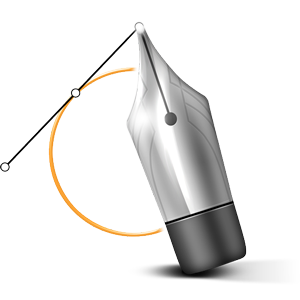 1. Photoshop design / Image slicing – This used to be the default method of design, even by the pro shops. But not only is slicing an image to fit into tables now outdated, but the whole “design it in Photoshop” thing is an anachronism. Modern-day sites, relying more on CSS than tables, fare far better if laid out in Fireworks, Illustrator, or Inkscape.
1. Photoshop design / Image slicing – This used to be the default method of design, even by the pro shops. But not only is slicing an image to fit into tables now outdated, but the whole “design it in Photoshop” thing is an anachronism. Modern-day sites, relying more on CSS than tables, fare far better if laid out in Fireworks, Illustrator, or Inkscape.
2. Background music / autoplaying media – Probably there are no .MIDI sound files playing any more (we hope! those got old even in 1998!), but today’s equivalent is media such as video or Flash ad content that starts playing sound as soon as the visitor arrives. At least let the visitor mouse over the element or give them a way to pause it. (more…)
Design Tips
Web Design: 53 CSS Tricks In One Place
A nice little round-up of 53 CSS-Techniques You Couldn’t Live Without, over at 9tricks. These represent the leading edge in everything CSS is capable of lately. It’s surprising that we don’t have more of it deployed.
A few observations on the list:
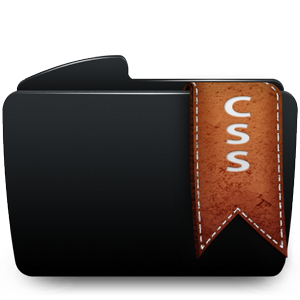 We’ve seen 1001 rounded corners tutorials, but none of them will compare with the one-line ‘border-radius’ feature… when all web browsers support them.
We’ve seen 1001 rounded corners tutorials, but none of them will compare with the one-line ‘border-radius’ feature… when all web browsers support them.
- Wrapping text around an image – every hack for this we’ve seen deployed so far works in two browsers and breaks in all the others.
- The dynamic piechart looks like one of those painfully-obvious image-sprite hacks, but you have to admit you never thought of it until you saw it.
- The adaptive layout technique – this is the next feature we’re going to be crying for better solutions for, in HTML6 and CSS4. The massive array of screen widths we now have to deal with, from pocket-mobile devices to ridiculous monitors the size of a swimming pool, is a mark that it’s high time the device took care of more of this for us.
Design Tips
Free (or Cheap) Graphic Design Tools
Colour us “jumping to conclusions”, but we’d have to guess that Photoshop is the best-known graphic design tool out there. but it’s not an optimal solution for everybody – the price tag is high, it has a steep learning curve such that you could spend years studying it and not know all of it, and it’s also aimed more for print graphics than web graphics.
For those of you looking for a more compact and economical solution, here’s a list of tools you might want to look into. These are all less costly (all but one is free!) to download and use, and are geared more towards smaller solution sets as well.
Design Tips
What web designers must know
In addition, your website must be interesting enough to gain the attention of a visitor who may or may not continue on to your site. Thus, there are many things that you need to take heed of in order to achieve a successful website. Here are some useful tips that can help you to become a better web designer.
 1. You must be very patient in order to be successful as a web designer. One of the greatest problems that web designers face is the fact that many web designers will try to rush through their work and thus they will often make mistakes. Don’t forget that your website will serve millions of people on the Internet and you need to be patient and meticulous in your efforts, so that you can satisfy a majority of them.
1. You must be very patient in order to be successful as a web designer. One of the greatest problems that web designers face is the fact that many web designers will try to rush through their work and thus they will often make mistakes. Don’t forget that your website will serve millions of people on the Internet and you need to be patient and meticulous in your efforts, so that you can satisfy a majority of them.



